The Ultimate Guide to Engagement Rings-15 Styles and Settings Everyone Should Know

Tom Werner/Getty Images
One of the most exciting things about being in love is seeing your relationship transition from simply dating to knowing that you've found your forever person. And that often means an engagement ring is in your (or their) future! Not only does a ring symbolize your love, but it can also serve as a keepsake for generations to some. So, before you head off to the jewelry store or shop online, here are a few engagement styles and settings everyone should know.
Popular Diamond Shapes for Rings
Concerning the shape of your diamond, there are several that will stand the test of time. There are various diamond cuts for couples to ponder, which are often named for how the stone is faceted or how it looks from above. Select a shape that looks good on your hand or a style that has caught your eye.
Round
Perhaps the most classic style of diamond, you really can't go wrong when it comes to a round-cut diamond. "When I think of timeless, I think of a classic solitaire with a round diamond," says Shea Clayton, Store Manager at Vicki Lyn Michael's Jewelers in Myrtle Beach, South Carolina. A round diamond has a circular shape from above with facets that go to a point below the diamond. Due to the cut, round gemstones have a lot of shine, which is called brilliance in diamonds.
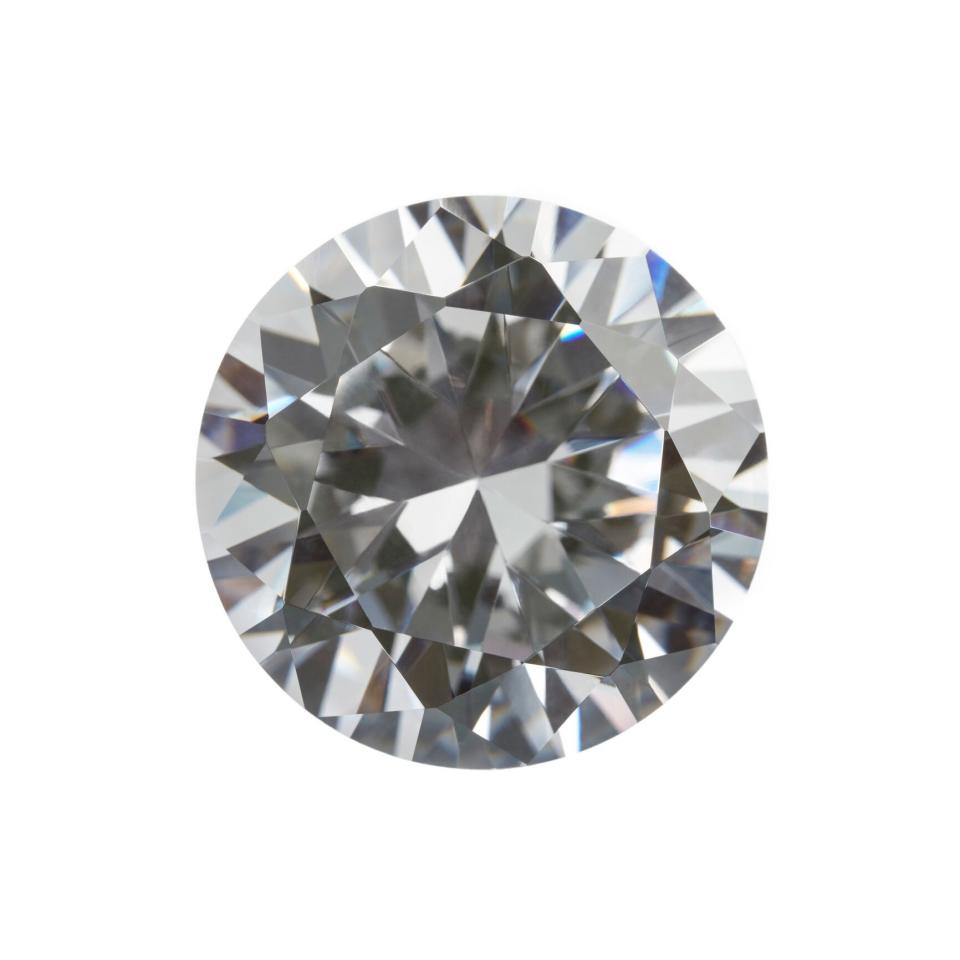
Oval
If a round stone is a bit too classic, opt for an oval cut instead. According to Clayton, oval shapes are making a comeback and becoming more popular with celebrities. Oval diamonds give the fingers a more extended appearance. Additionally, the diamond looks more prominent than a round with similar carat weight, which can be a big plus.
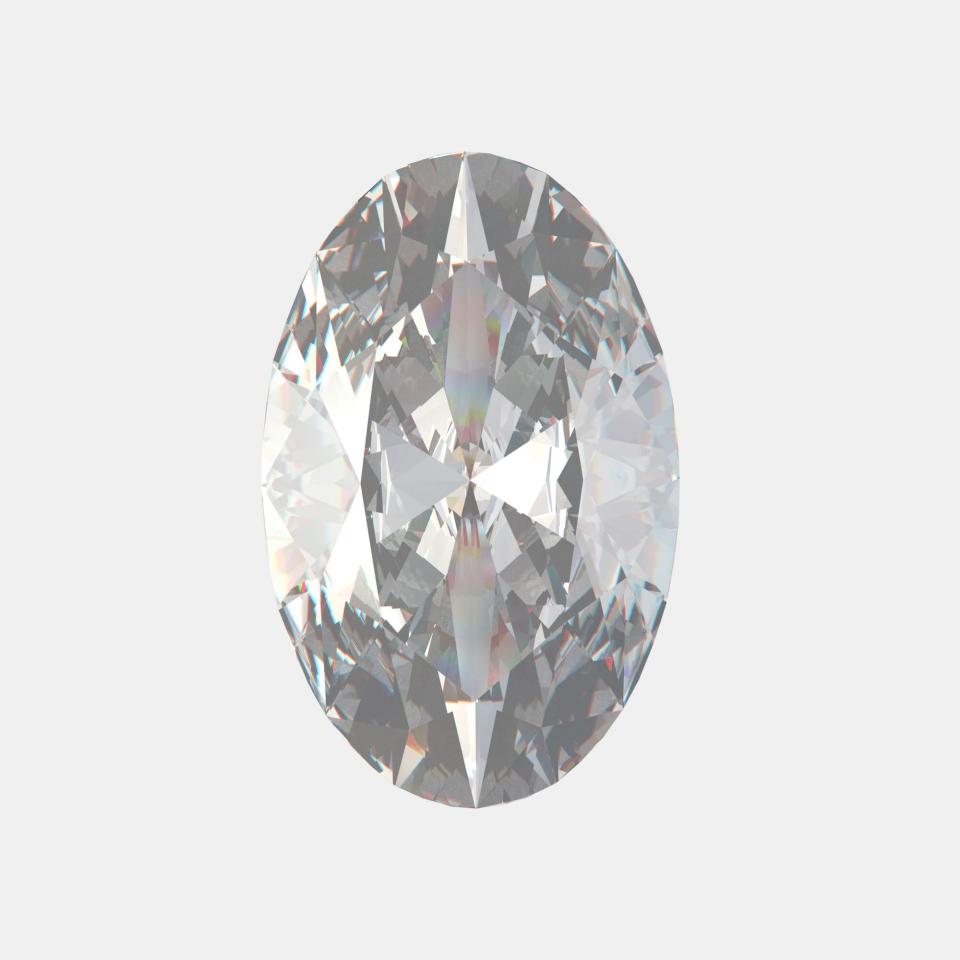
Marquise
Similar to an oval, the marquise diamond has rounded edges that come to a point. Interestingly, the marquise has its foundation in forbidden love. King Louis XV had the shape commissioned to mimic the perfect lip shape of his mistress. The marquise is also a cut that goes in and out of style. It was one of the most sought-after shapes in the '60s, although it saw a resurgence in the '90s and is becoming popular again today.
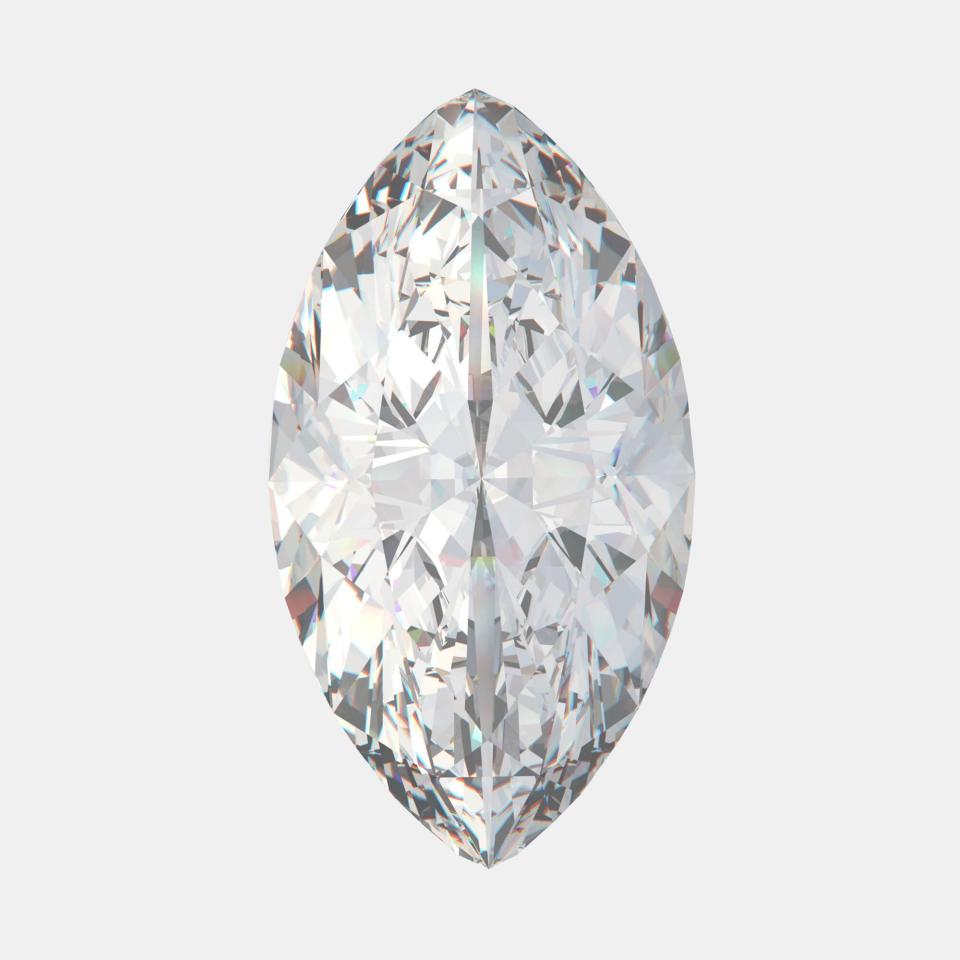
Emerald
First developed as a shape to preserve the integrity of delicate emeralds, this cut is popular with other gemstones, including diamonds. The emerald cut features a rectangular-shaped stone with cut edges. This technique gives the diamond eight sides-four long and four extremely short-and offers a lot of sparkle if done correctly. Unfortunately, gemstone flaws are more difficult to hide within the facets of an emerald cut. Therefore, emerald cut stones usually are more expensive due to the need for higher-quality diamonds.
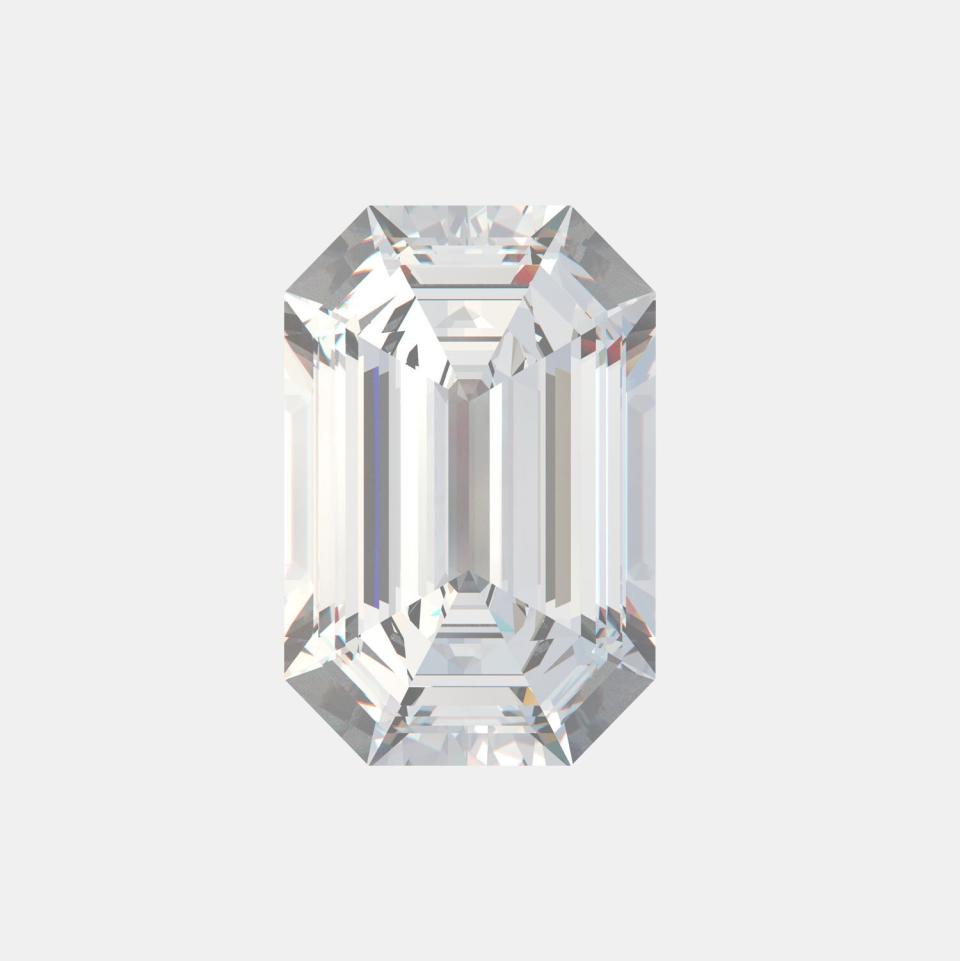
Square
A square or princess cut diamond is another traditional cut that features a four-sided diamond with right-angled edges. However, jewelers have gotten a bit creative and produced variations of the classic square. Named after the company that debuted the style, an Asscher cut is the square version of an emerald cut. A cushion cut diamond is a square with rounded corners, and the radiant cut is a square with beveled edges. Many couples select one of these variations to have a unique twist while still wearing a square shape.
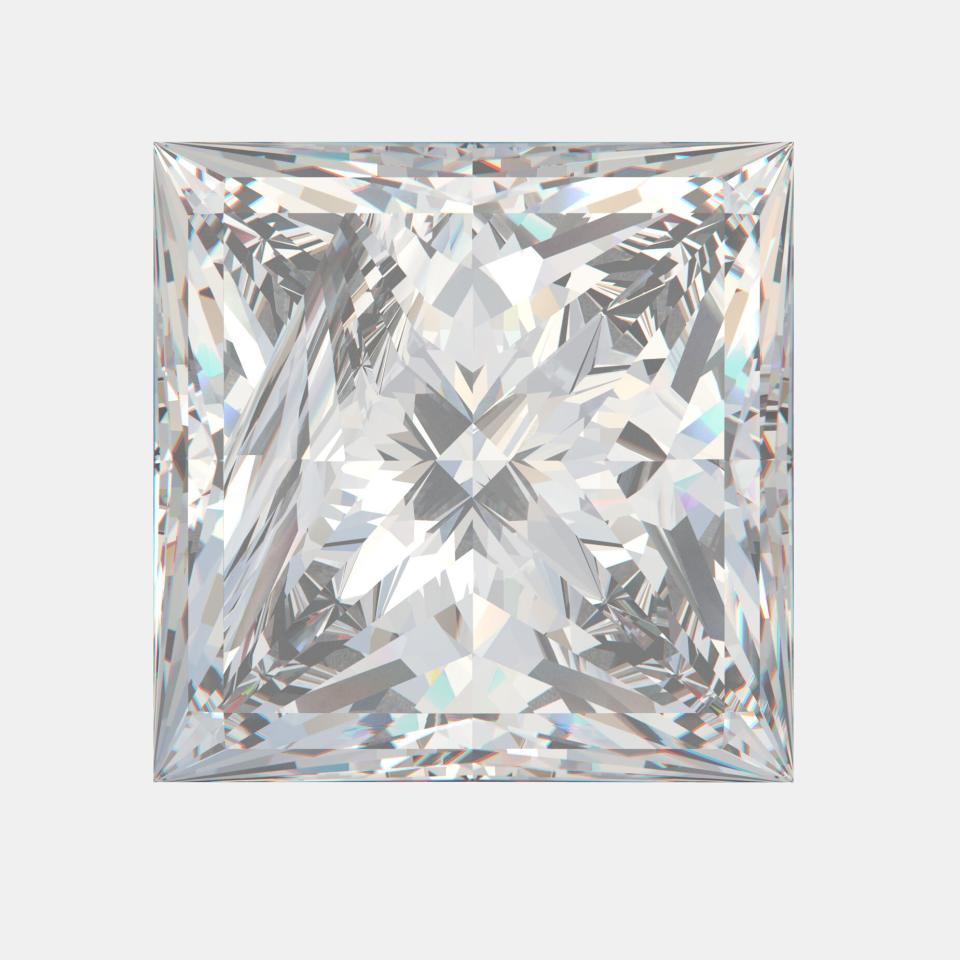
Pear
Pear cut diamonds are teardrop in shape and are one of the most challenging styles to cut. Although they look larger on the surface than a round of the same carat weight, the teardrop tip is fragile. To have a more stable pear-shaped diamond, look for ones that are not highly elongated. As with any diamond, symmetry is essential. However, if the balance is even slightly off with a pear, it's pretty obvious.
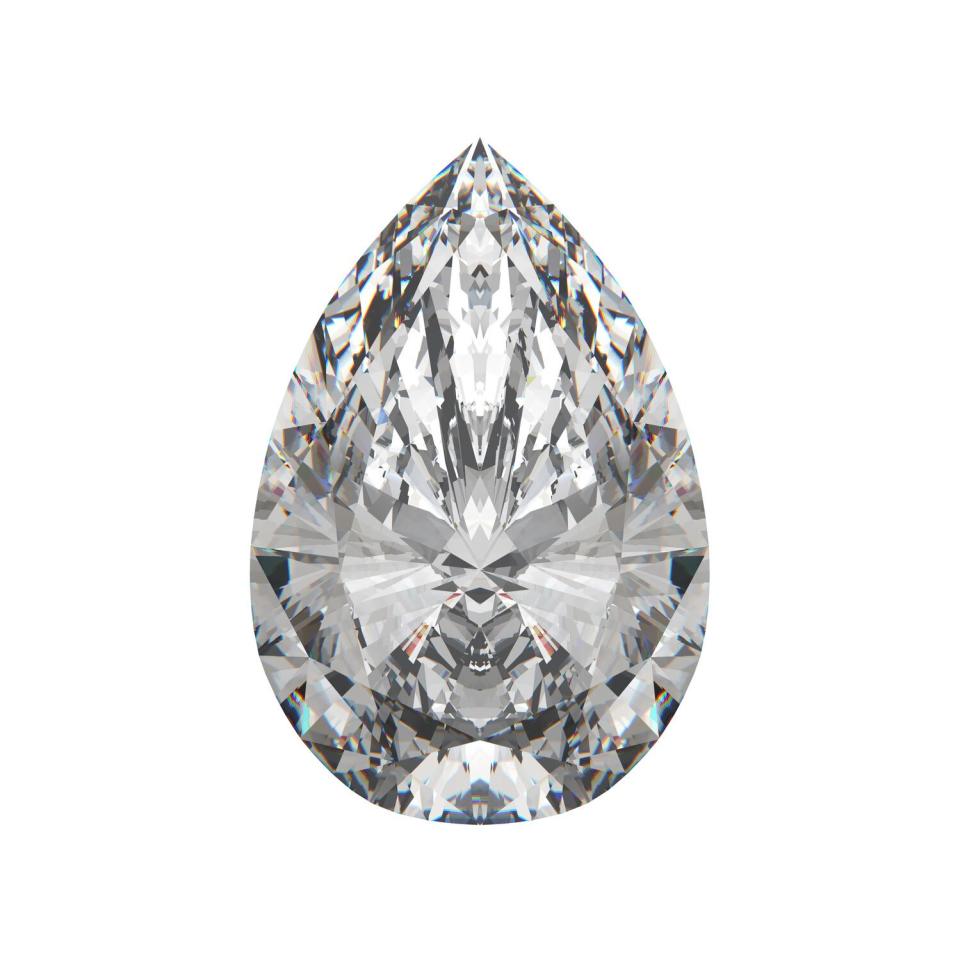
Types of Diamond Engagement Ring Settings
Prong Setting
Most diamonds are set using prongs, which act as tiny claws to hold the diamond in place. Six is the most common, although depending on the size of your gemstone, it may have four or eight. A general rule of thumb is that the larger the stone, the more prongs it needs. Therefore a smaller stone may have four, whereas a heavier carat may require eight.
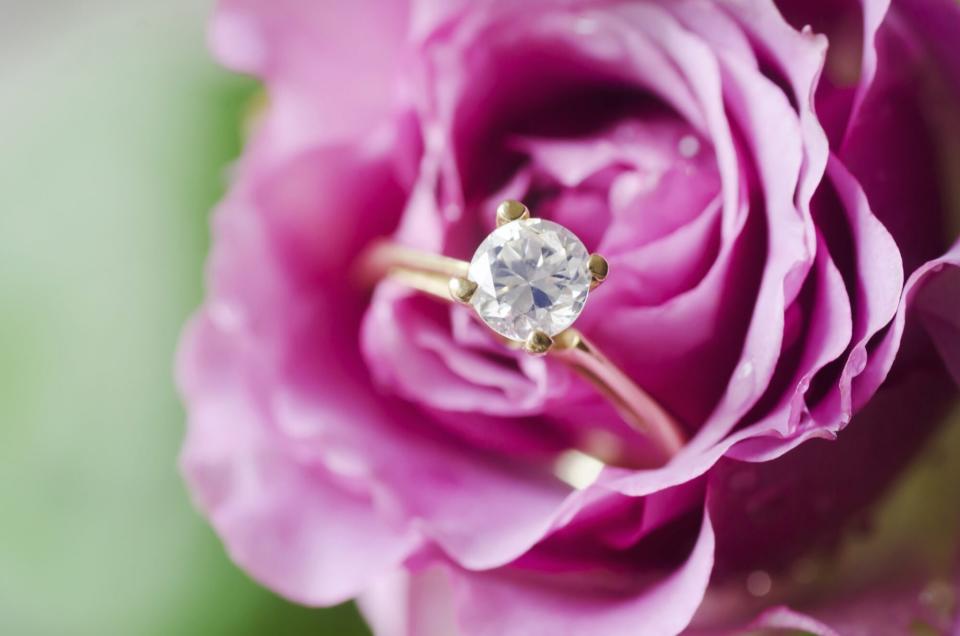
Bezel Setting
Although not as common as the prong setting, a bezel setting offers maximum security for your stone. Metal surrounds the entire edge of the diamond, which protects the diamond while providing a sleek, modern look. Bezels cover part of the gemstone. However, purchasing a higher carat weight will allow your diamond to take center stage while being secure.
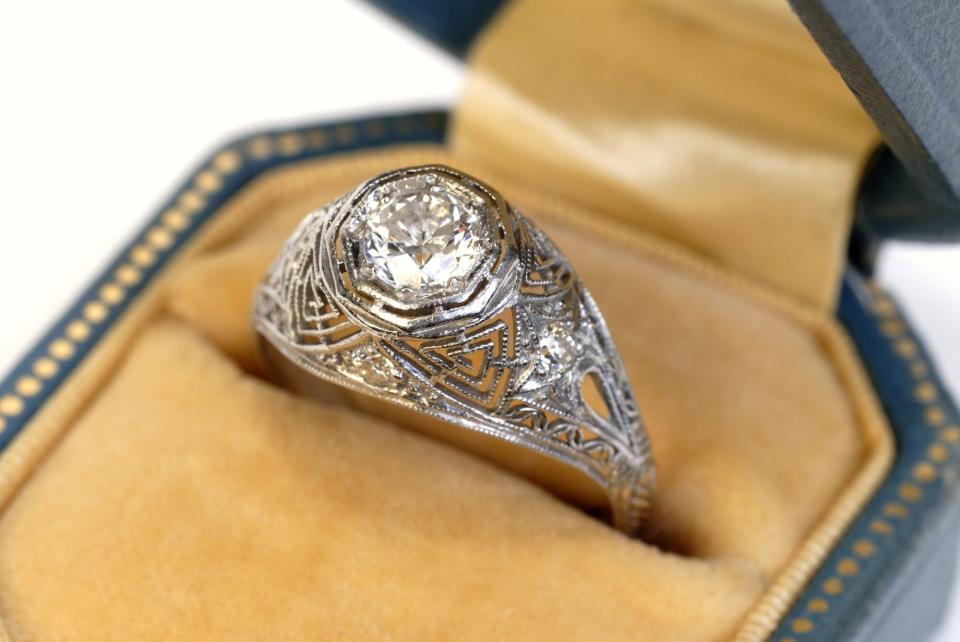
Popular Engagement Ring Styles
Spending just a few minutes searching Pinterest for "engagement rings" brings up a tremendous variety of engagement ring styles. From minimalistic, dainty rings to impeccably detailed stunners, everyone from major companies to independent artists showcases their ingenuity regarding placing diamonds on a band. Although the possibilities are endless, there are a few basic engagement ring settings that you will see making an appearance.
Solitaire
A solitaire features a single stone set on a band, which makes the diamond a focal point. Solitaires are one of the engagement ring styles that definitely stands the test of time. "As for staying power, solitaire rings are classic and timeless. They have been around for 100 years and will be for another 100 years," offers Clayton. A couple can't go wrong by selecting a high-quality solitaire and letting it take the spotlight.
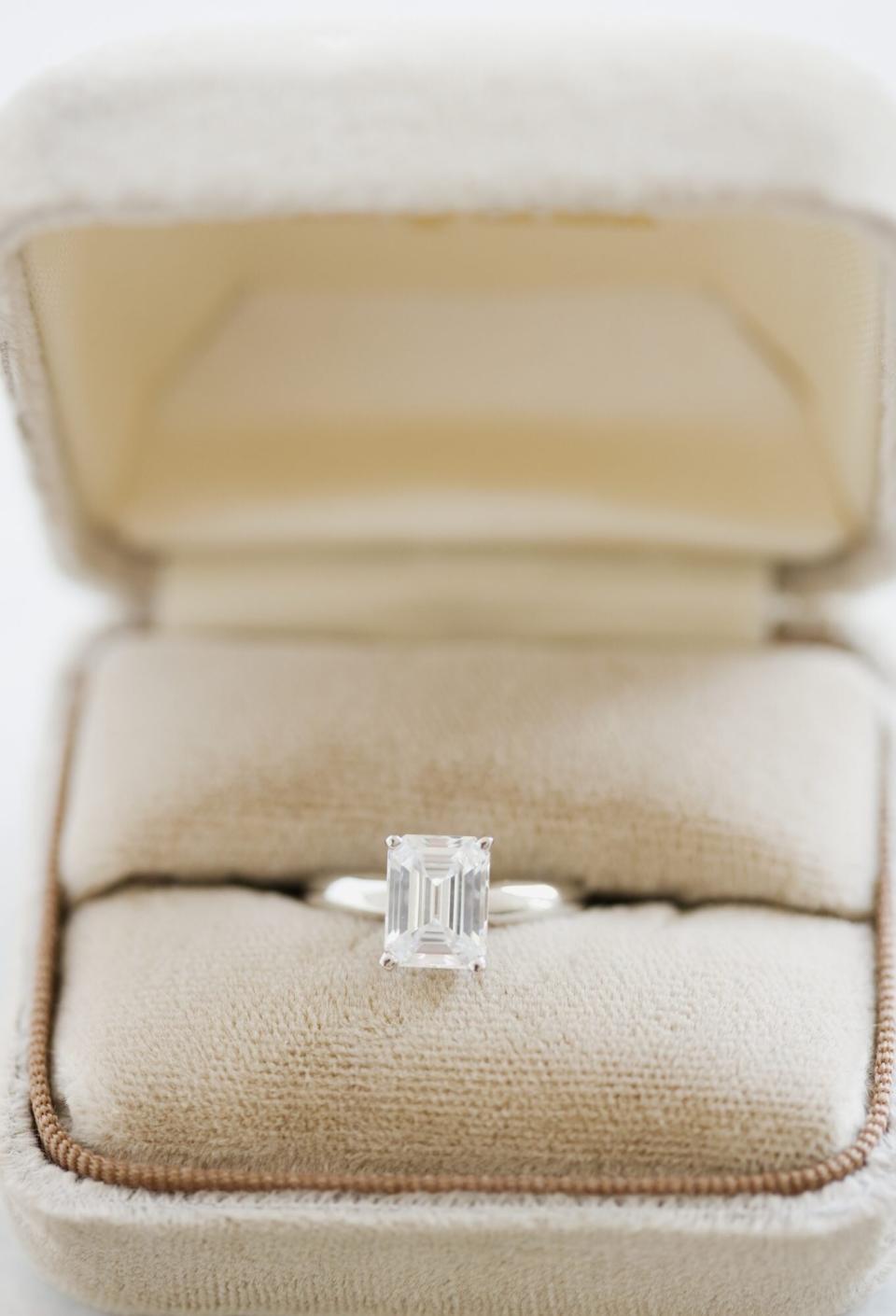
Pave
Like a solitaire, the pave engagement ring style features a center stone with tiny, round gemstones lining the band. Pave is an excellent compromise if couples can't decide whether or not to include stones along the band. In this style, the diamond is still a focal point while having an additional element of sparkle. Additionally, the small diamonds are set using prongs for an added detail of security. Although this is most popular with one central stone, pave diamonds do appear in other designs.
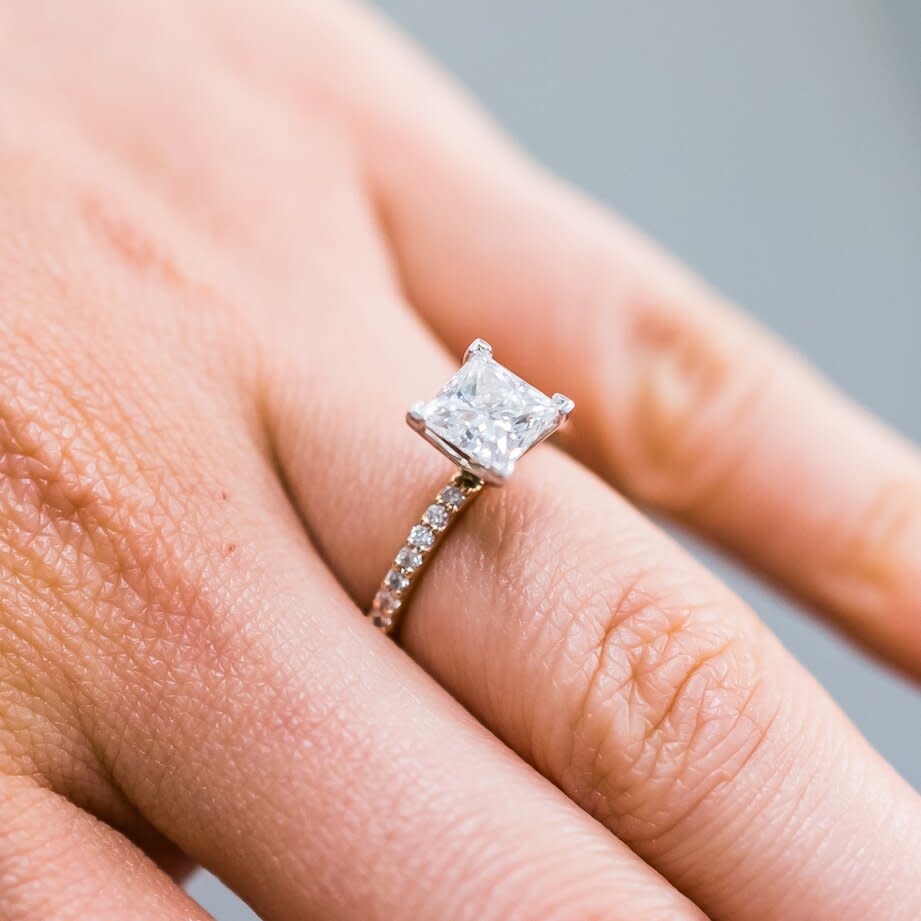
Channel
Another option for couples who want diamonds along the band, the channel setting has bezel-set stones. Of course, round stones are popular, but other stone cuts, such as emerald and princess cut, are common. Channel settings are striking and can significantly enhance a lovely center stone, no matter the shape.
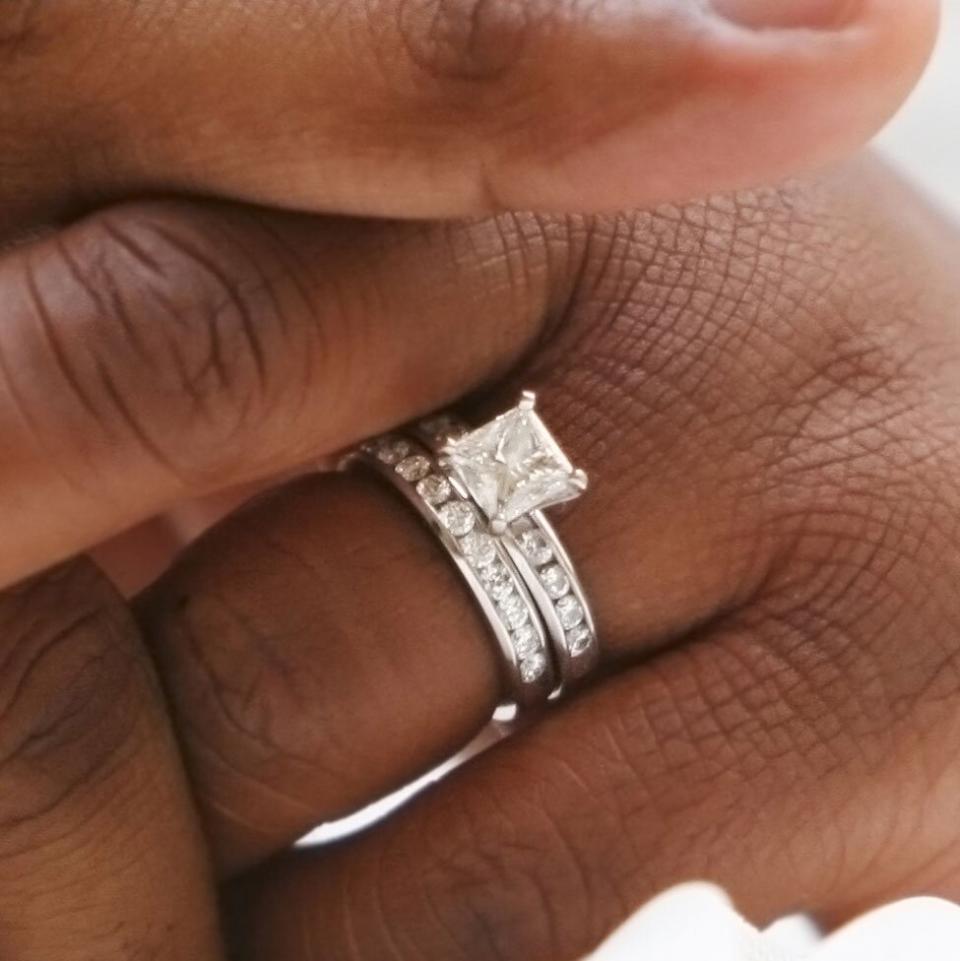
Halo
Another twist on a solitaire, halo engagement rings have a central diamond surrounded by a circle-or halo-of smaller stones. Pave designs often incorporate a halo. As a result, light reflects from the central stone without taking the limelight away from the focal point. This ring style is also an ingenious way to make a smaller stone appear more prominent.
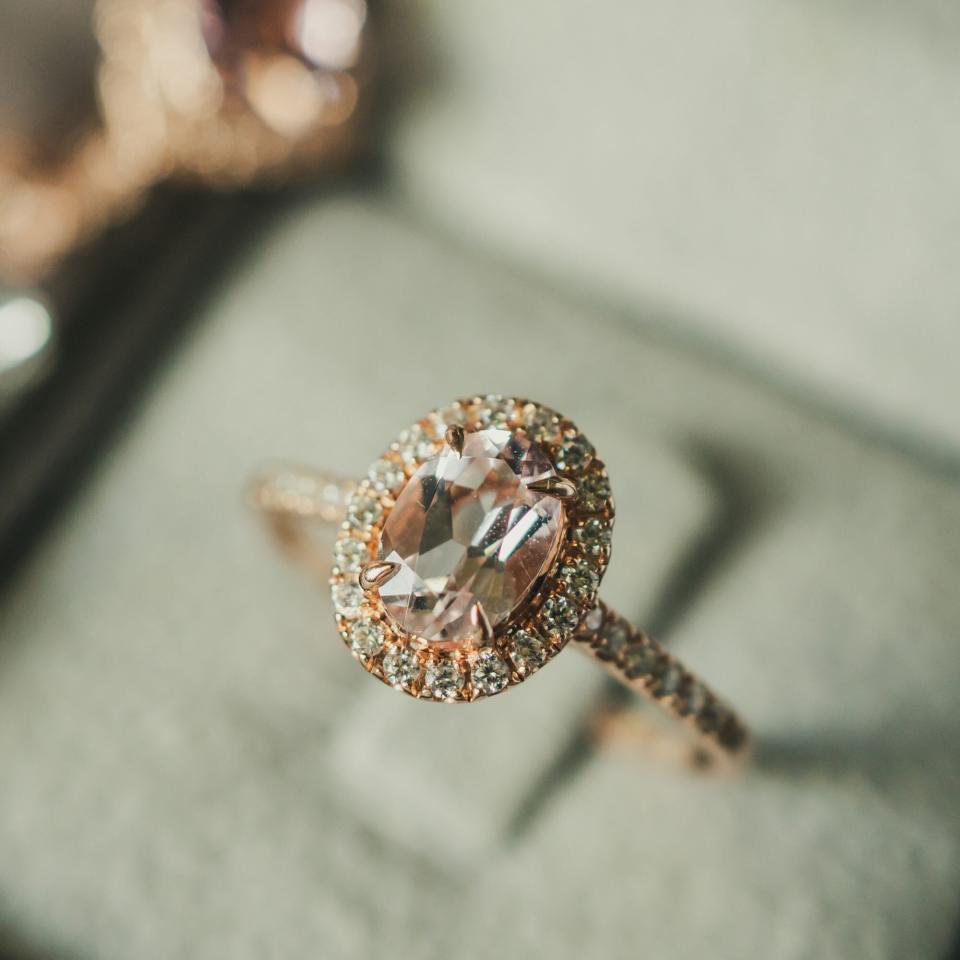
Split Shank
Doing something unique with the ring's band adds an extra element of interest. With this engagement ring style, the band is essentially split in half as it approaches the diamond. The split shank style is a way to offer support to the center stone while giving a more delicate appearance. Often channel or pave set diamonds are added along the split to give off even more sparkle.
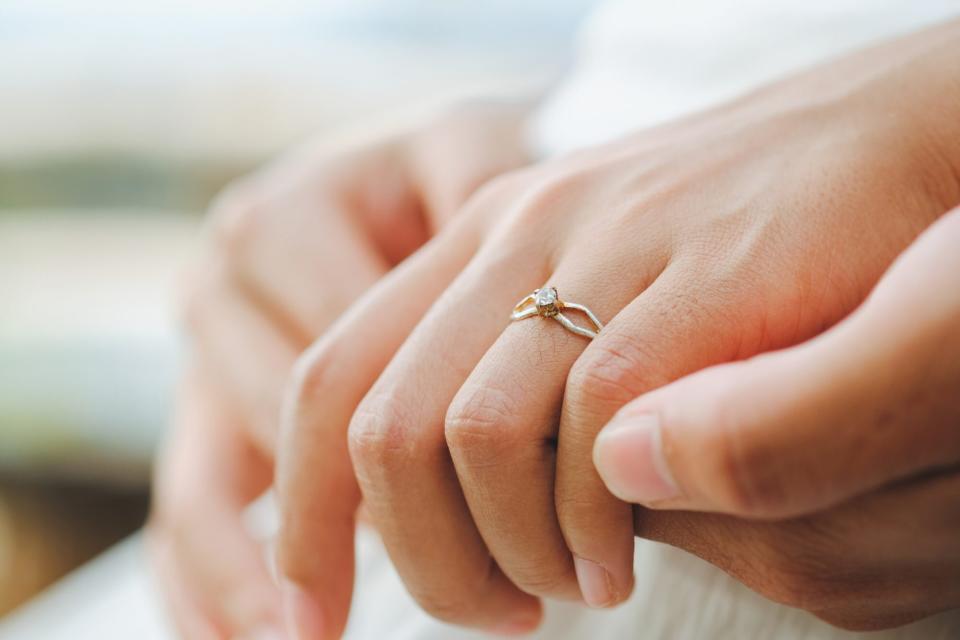
Multi-Stone
Like the name indicates, a multi-stone ring has multiple stones that compete for attention, which can be a good thing. Usually done in odd increments of three or five stones, engagement rings with numerous stones offer maximum sparkle. This style dazzles the eye as light reflects from abundant facets of multiple stones.

Cluster
With cluster-style engagement rings, there is often a minimal focal point or no center stone. This type gives the appearance of one stone without paying the price of getting a larger one. However, you can see the individual gemstones up close. Although not the most popular engagement ring style, clusters make excellent starter pieces. They can always be worn on the right hand as a cocktail ring.
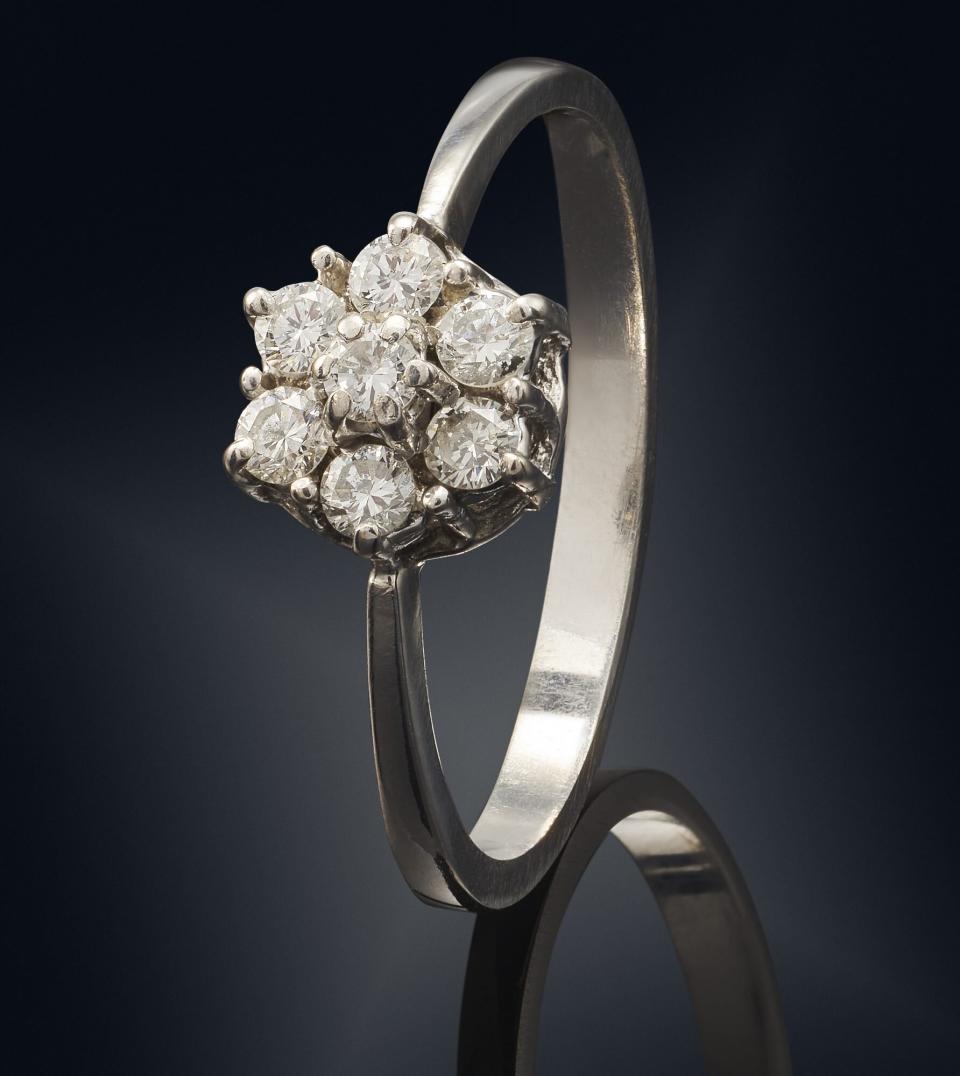
While looking at the various engagement ring cuts, styles, and settings, choose one that reflects your personality. Your priority should be the quality of your center stone and build from there. "When it comes to diamonds, I educate the customer on the diamond, but ultimately it's up to the client what they choose and want," states Clayton. No matter what, pick an engagement ring that you will want to wear as long as your love will last-forever.

